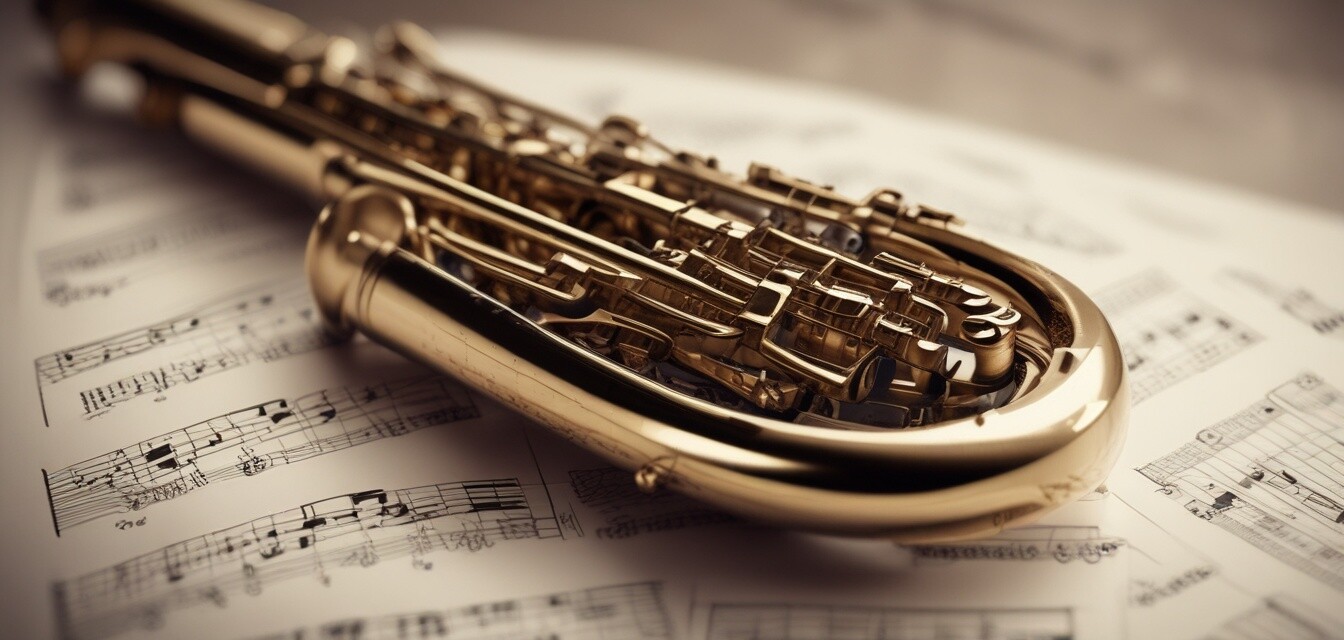
The Fusion of Jazz and Classical Music on Tenor Saxophone
Key Takeaways
- The tenor saxophone excels in blending the nuanced styles of jazz and classical music.
- Key pieces demonstrate the versatility of the tenor saxophone across both genres.
- Famous musicians have significantly contributed to this fusion, showcasing unique interpretations.
- Understanding techniques used in both styles can enhance a tenor saxophonist's performance.
The tenor saxophone is a remarkable instrument that has made waves across various music genres. Among its most fascinating capabilities is its ability to bridge the diverse realms of jazz and classical music. In this article, we’ll explore how tenor saxophonists seamlessly blend these two captivating styles, spotlighting key pieces and talented musicians who excel in this fusion.
Understanding the Essence of Jazz and Classical Music
Before diving into the fusion, it's essential to grasp the fundamentals of both jazz and classical music:
| Jazz Music | Classical Music |
|---|---|
| Emphasizes improvisation and personal expression. | Structured around compositions and formal performance. |
| Often features syncopation and swing rhythms. | Involves strict timing and detailed orchestration. |
| Relies on collaborations and ensembles. | Traditionally relies on soloists within orchestral settings. |
The Versatility of the Tenor Saxophone
The tenor saxophone’s rich tone and flexibility make it an ideal candidate for both jazz and classical genres. This versatility allows musicians to experiment and merge styles, resulting in innovative performances.
Key Techniques for Fusion
To achieve a successful blend between jazz and classical music on the tenor saxophone, consider the following techniques:
- Improvisation: Incorporate spontaneous melodies, characteristic of jazz, with classical motifs.
- Dynamics: Explore a range of volumes, playing softly during classical sections and incorporating loud, expressive lines in jazz.
- Articulation: Alternate between smooth legato phrases in classical pieces and sharp staccato notes found in jazz.
Notable Pieces that Blend the Genres
Several key pieces exemplify the fusion of jazz and classical music on the tenor saxophone. Here are a few noteworthy compositions:
| Piece | Composer/Artist | Genre Influence |
|---|---|---|
| The Entertainer | Scott Joplin | Jazz, Ragtime |
| Pavane | Gabriel Fauré | Classical |
| Take Five | Dave Brubeck | Jazz |
| Concerto for Alto Saxophone | Paul Creston | Classical |
| In the Mood | Glenn Miller | Jazz |
Influential Musicians in the Fusion
Many talented musicians have made significant contributions to the fusion of jazz and classical music on the tenor saxophone:
- John Coltrane: Known for his innovative approach, Coltrane's work in both jazz and classical realms created a unique sound.
- Stan Getz: Blending bossa nova with jazz, Getz's smooth tenor saxophone performances elevate the fusion experience.
- Ornette Coleman: His avant-garde approach pushed the boundaries of traditional jazz and influenced many classically trained musicians.
Expanding Your Repertoire
To expand your playing repertoire as a tenor saxophonist, consider exploring both jazz and classical styles through:
Tips for Expanding Your Repertoire
- Regularly practice classical pieces to enhance your technique.
- Attend jam sessions to improve your improvisational skills.
- Listen to recordings that prominently feature the tenor saxophone in both genres.
Conclusion
The fusion of jazz and classical music presents a dynamic avenue for tenor saxophonists to explore and innovate. By understanding fundamental differences and mastering techniques, musicians can create enchanting sounds that resonate across genres. Whether you're a seasoned player or just beginning your journey, embracing this fusion can enhance your skills and deepen your understanding of both styles.
Pros
- Enhances musical versatility and expression.
- Provides a rich understanding of diverse musical styles.
- Encourages creativity through improvisation.
Cons
- Can be challenging for beginners to master.
- Requires extensive practice to blend styles effectively.
- May require deeper music theory knowledge.
To delve deeper into various saxophone styles and techniques, explore our Musical Styles Exploring category or check out our comprehensive Saxophones page for more insights.